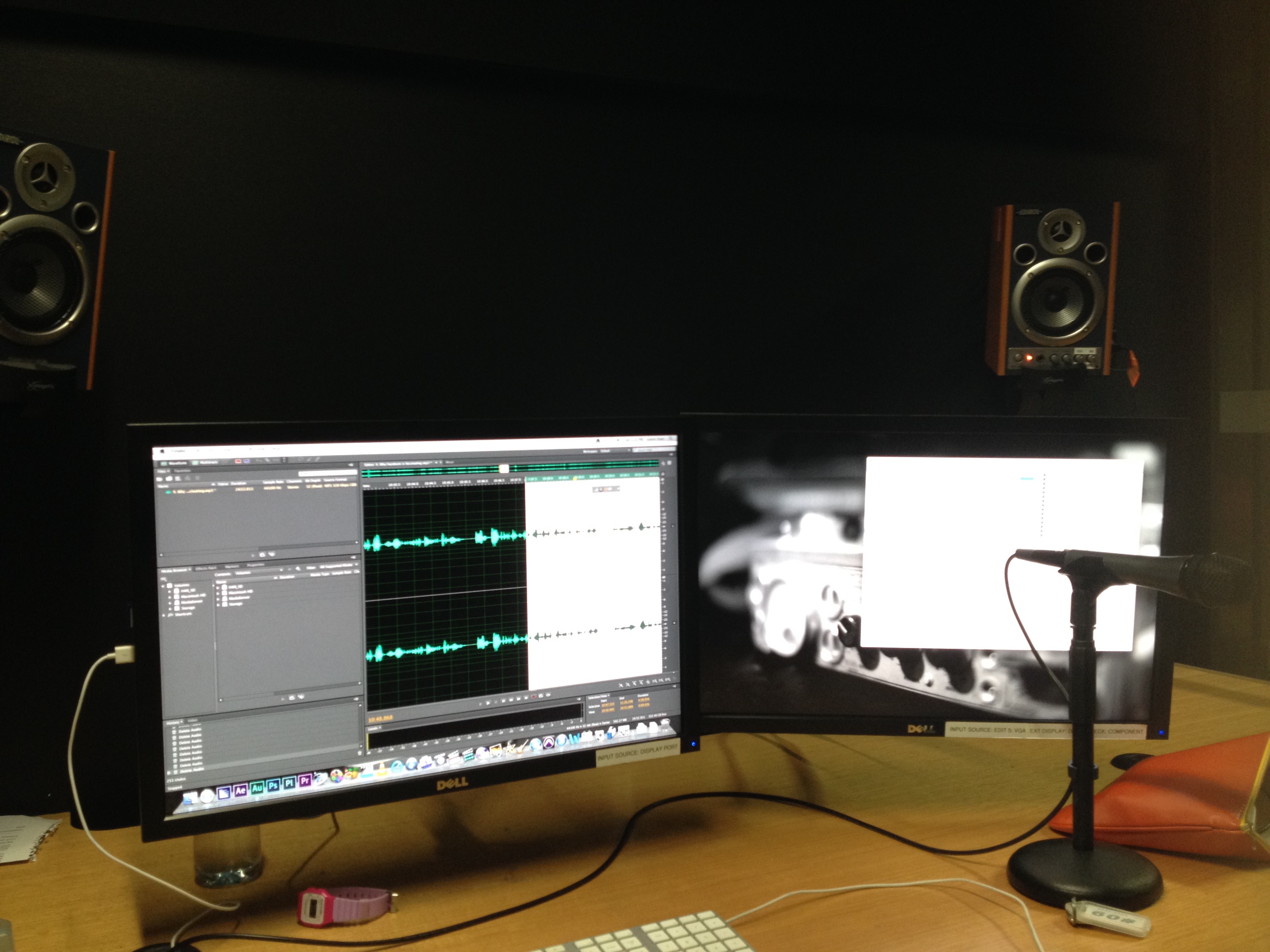Bryony Kimmings (attempted) Interview Excerpt
My original pitch for the individual interview assignment was to speak to UK performance artist Bryony Kimmings while she was in Melbourne.
I’d seen the show she made with her partner Tim Grayburn, ‘Fake It ‘Til You Make It‘, at the Adelaide Fringe Festival and saw it again in Melbourne. I was really nervous about speaking to Bryony, and our correspondence had initially been just about meeting up to have a general chat about her work and what she does – more of a mentoring session than a clear-cut interview.
We met up in a really noisy café, and I was still so nervous about asking direct questions or being really frank about ‘doing an interview’ that we ended up having more of a rambling chat. I ended up with unusable tape, that’s cluttered with the background blare from the café and a very meandering conversational style that sounds more like a blind date than an interview.
I certainly learnt about technique, and certainly learnt that it’s best to be really forthright about wanting a straight-up interview, even if it is with someone I really admire! Luckily I had conducted the interview well in advance of the deadline, so I was able to organise another interview subject in a quieter location with a clearer and more direct line of questioning.




